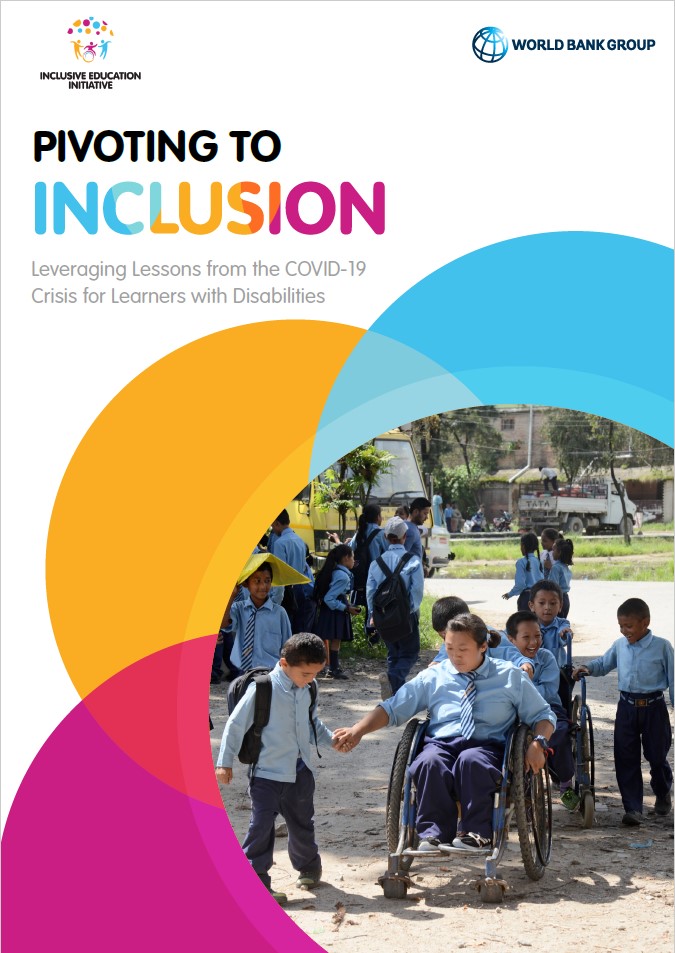The world is facing a global education crisis of unprecedented scale. At its peak, the COVID-19 pandemic forced more than 180 countries to close schools, leaving 85% of the world’s learners out of school, according to World Bank estimates. Children with disabilities and their families, particularly those living in poverty, face significant vulnerabilities across multiple dimensions of education, health and social protection during this pandemic.
The World Bank’s Inclusive Education Initiative (IEI) has released its latest issue report, “Shifting to Inclusion: Leveraging Lessons from the COVID-19 Crisis for Learners with Disabilities.”
The challenges faced by learners with disabilities are numerous.
Children with disabilities are among the most vulnerable, facing multiple forms of exclusion related to education, health, gender equality and social inclusion. The poor are at risk of further marginalization.
The schooling and learning deficits experienced by learners with disabilities impede their ability to earn an income in adulthood, impacting individuals, households and communities and contributing significantly to a country’s human capital gap.
At the peak of lockdowns, the COVID-19 pandemic led 180 countries to temporarily close schools, putting 85% of the world’s learners out of school, further increasing the risk of exclusion for children with disabilities.
The digital divide exacerbates learning disparities among learners related to access to equipment, electricity and the internet for learners with disabilities who have the added barrier of not being able to access learning content. Also, many distance learning options are inaccessible to learners who are visually or hearing impaired.
COVID-19 has forced us to rethink distance learning with an inclusive lens that allows all children, regardless of disability, to access and participate in learning that takes place outside the classroom.
A dual approach to disability inclusion at all stages of the response will be adopted: relief (immediate actions needed), recovery (medium-term actions to ensure safe reopening), and resilience (longer-term actions).
Using Universal Design for Learning (UDL) principles, we ensure multiple means of engagement, expression and representation are utilized to help learners think, develop skills and grow from the comfort of their own home.
Information needs to be widespread and available in multiple languages and multiple accessible formats to reach learners and families of children at risk of exclusion.
It is important to support teachers in three core areas: resilience, instruction and technology. Training should focus on addressing learning delays and supporting parental engagement while learners with disabilities are forced to stay at home.
Ensuring safety, protection and inclusion should be the top priority when reopening schools. Children who are hardest to reach through distance learning, such as children with disabilities, should be prioritised to be given the opportunity to return to school first, where appropriate.

